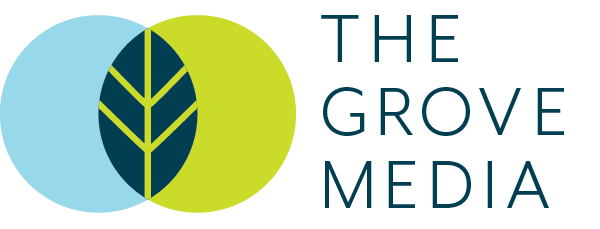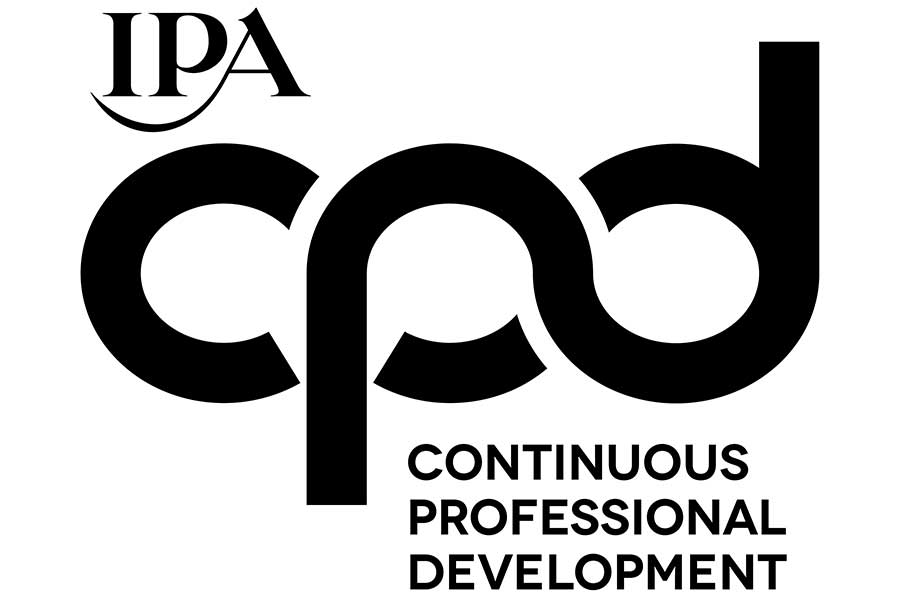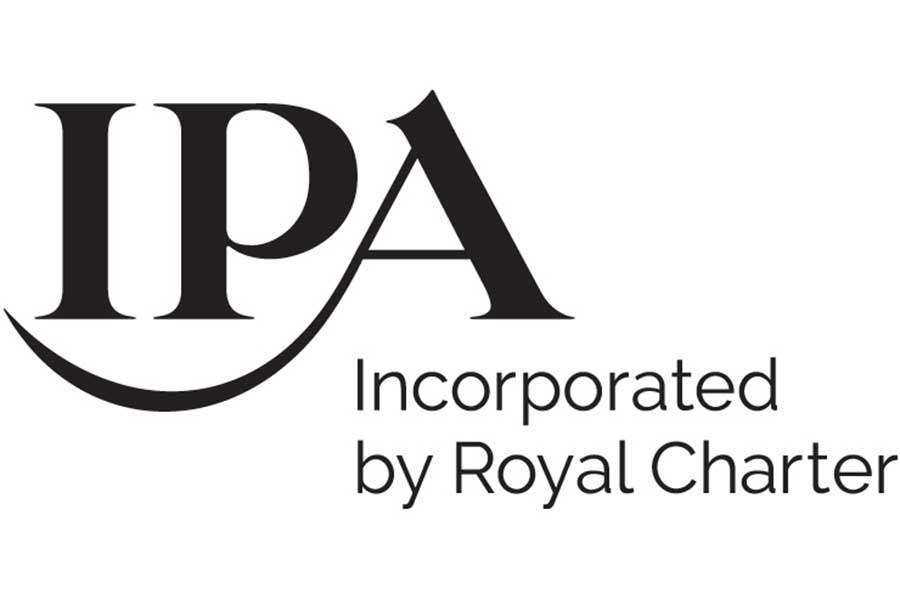By Alina Pruteanu, Digital Development Director, The Grove Media
Tracking and measurement has become a critical part of media. With tighter budgets, harder to reach audiences and increasing media fragmentation, it’s essential to understand how your media plan is performing.
But this is not as straightforward as it might seem. Your investment in smart measurement can be badly derailed if you’re simply measuring the wrong things. And the chances of doing this have significantly increased as digital media expands and becomes ever more sophisticated. Everything is trackable and so it’s easy to be seduced by the likes of clicks and followers, which deliver big numbers. But if you’re focused on sales, these can be just vanity metrics.
The data you collect and analyse needs to be related to your campaign goals. When you track the wrong metrics you risk spending your marketing budget on the wrong media activities, making it harder for you to achieve your goals. In the longer term, this can trigger a vicious cycle where you move further away from your business goals, and have an ever decreasing marketing budget to turn things around.
There are many reasons why this can happen. Your business goals can shift, but you continue to use the old metrics. You may be reporting in silos, so the right data is being collected but it’s not being used properly in the media context. You’re increasingly focused on short term goals, but you’re using longer term metrics. Or you might be simply following what you believe to be the accepted norms of advertising measurement, but it’s not right for your media strategy.
At The Grove, we quite often see advertisers understandably following what they believe to be measurement best practice, but it’s just not helping. Tracking return on adspend (ROAS) is a common metric, but in can be misleading if your goals are focused on driving sales. Here you should be more appropriately looking at CRM and sales data.
You might be running a brand awareness campaign, but tracking ROAS. This won’t be as meaningful as tracking attention and engagement. And it won’t make any sense if you’re looking to drive leads.
Here are two examples of how we’ve worked with clients to identify the right metrics to get their media delivering against their goals.
An entertainment brand looking to drive ticket sales was heavily committed to a ROAS-focused media strategy. This has taken them down the path of direct response campaigns that were delivering a high ROAS. However this strategy was mainly reaching existing customers, likely to buy tickets anyway.
Misled by the positive ROAS figures, the advertiser was over-investing in response campaigns. In addition, measuring results in silos had led to advertising effectiveness being assessed in terms of short term sales rather than longer term growth opportunities. Ultimately, the advertiser was neglecting the mid funnel and was actually experiencing growth stagnation, despite high ROAS and acceptable sales figures.
Our advice was to focus on growth so that the media mix evolves from short-term, tactical campaigns to cross-media audiences and brand building. This meant focusing measurement on the bottom line – sales revenue and growth – rather than ROAS. Growth starts with brand building through reach and frequency, driving demand through consideration and nurturing customer loyalty.
An education client was heavily focused on lead generation, based on first interaction that discounts repeat leads. And their model didn’t measure the impact of brand in generating new prospects. As a result, their media strategy was heavily focused on direct response channels with very little investment going into driving brand objectives.
For some time this has proven a very successful strategy, but eventually the advertiser reached saturation point of in-market audiences. To meet ambitious growth targets the media strategy had to evolve beyond direct response.
So, a small percentage of the media budget was allocated to content marketing campaigns in a bid to support brand objectives. These campaigns have been effective at driving significant number of users, page views and dwell time, in addition to reach. Content marketing is one of the most effective mediums at driving attention. Consumer surveys showed that content platforms as being the most influential for the decision making process. But this type of activity can’t be measured by cost per acquisition (CPA), it has to be done by reach, dwell time, and cost per thousand attentive seconds.
What these two examples show is that you can be easily misled by using the wrong metrics. The data can fool you into thinking that short term results are indicative of long term success, when the opposite is true. And in turn, this means you will continue to invest in the wrong media mix. But these problems can be easily identified and the right solutions put in place by working with an expert media agency. An agency that truly understands real world media measurement.
Featured image courtesy of Markus Spiske @ Unsplash










